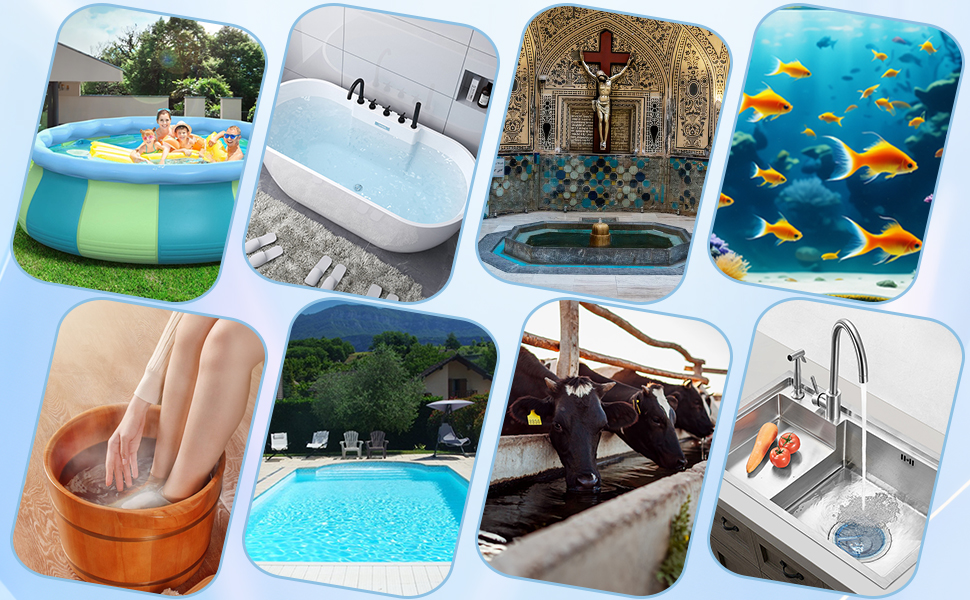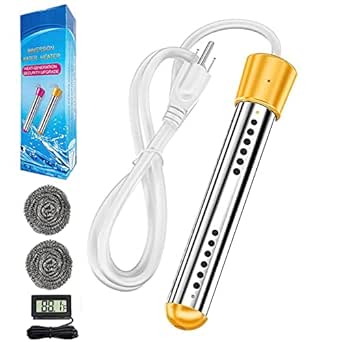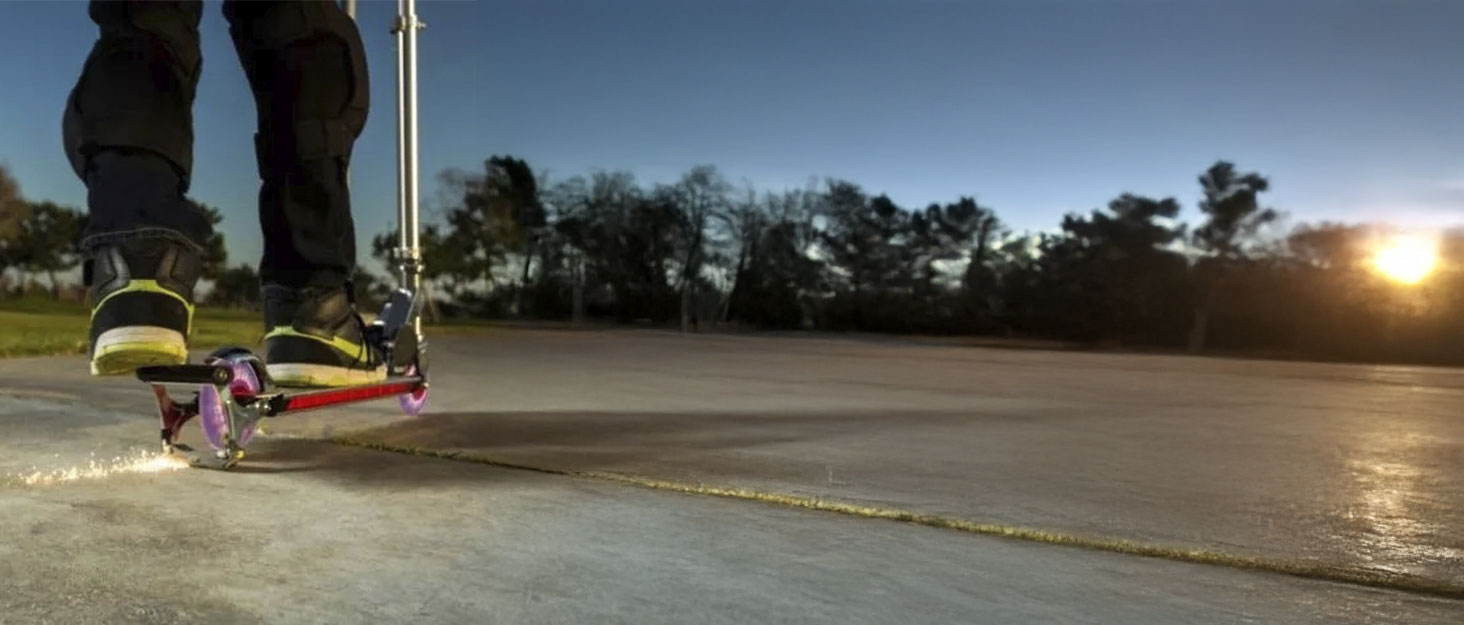As winter approaches, many households begin to weigh their options for keeping warm. Traditional heating methods such as central heating, space heaters, and fireplaces have long been the go-to solutions. However, the rise of energy-efficient alternatives like heater buckets has sparked a debate about the most effective way to heat spaces. This article explores the differences between heater buckets and traditional heating methods, focusing on energy efficiency, cost-effectiveness, and environmental impact.
Understanding Heater Buckets

Heater buckets, also known as immersion heaters or bucket heaters, are electric devices designed to heat water or liquids quickly and efficiently. They are primarily used in agricultural settings, such as livestock management, but their utility is expanding into residential heating solutions. Heater buckets work by placing a heating element directly into the liquid, allowing for rapid heat transfer.
Traditional Heating Methods: An Overview
Traditional heating methods encompass a variety of systems, including:
- Central Heating Systems: Utilize a furnace or boiler to distribute heat throughout a building, often via ductwork or radiators.
- Space Heaters: Portable devices designed to heat individual rooms, often using electric or gas sources.
- Fireplaces: Wood-burning or gas fireplaces that provide localized warmth and ambiance.
Each of these methods has its advantages and disadvantages, particularly concerning energy consumption, installation costs, and maintenance needs.
Energy Efficiency: A Comparative Analysis
When it comes to energy efficiency, both heater buckets and traditional heating methods have their strengths and weaknesses. However, understanding their efficiencies requires examining several factors.
Heater Buckets
Heater buckets are known for their rapid heating capabilities. Some key aspects of their energy efficiency include:
- Direct Heating: Since heater buckets transfer heat directly to the liquid, they tend to have a high efficiency rating. They can heat water in a matter of minutes.
- Minimal Heat Loss: The design of heater buckets minimizes heat loss, making them an effective choice for localized heating.
- Low Initial Cost: Heater buckets are generally cheaper than traditional heating systems, making them accessible for many households.
Traditional Heating Methods
In contrast, traditional heating methods vary widely in terms of energy efficiency:
- Central Heating: While central heating systems can be efficient for large spaces, they often lead to heat loss through ductwork and can be costly to operate, especially in older homes.
- Space Heaters: Electric space heaters can be energy-efficient for heating small areas but may not be suitable for large rooms. The cost of electricity can make them expensive over time.
- Fireplaces: Traditional wood-burning fireplaces often have poor thermal efficiency, with much of the heat escaping through the chimney.
Cost-Effectiveness: Is It Worth It?

Cost is a significant factor when evaluating heating options. Here, we will look at both upfront and ongoing costs associated with heater buckets and traditional heating systems.
Heater Buckets
The cost-effectiveness of heater buckets can be broken down as follows:
- Initial Investment: Heater buckets typically cost between $20 to $50, making them a low-cost entry point for heating needs.
- Operating Costs: Given their energy-efficient designs, operating costs are generally low, especially compared to electric or gas-based heating methods.
- Longevity: With proper care, heater buckets can last several years, providing value over time.
Traditional Heating Methods

On the other hand, traditional heating methods present a more complex financial picture:
- Initial Costs: Central heating systems can require significant investment, often running into thousands of dollars for installation.
- Maintenance Costs: Traditional systems often require regular maintenance, which can add to long-term costs.
- Operational Costs: Fuel prices, electricity rates, and the efficiency of the system all contribute to ongoing expenses. According to the U.S. Energy Information Administration, heating costs can account for a significant portion of household budgets, particularly in colder climates.
Environmental Impact: A Growing Concern

As society becomes increasingly aware of climate change and environmental degradation, the ecological footprint of heating methods is a crucial consideration.
Heater Buckets

Heater buckets generally have a smaller environmental impact compared to traditional heating systems:
- Lower Energy Consumption: Because of their efficiency, heater buckets consume less energy, which can reduce greenhouse gas emissions.
- Reduced Carbon Footprint: When powered by renewable energy sources, the carbon footprint of heater buckets is significantly lower.
Traditional Heating Methods
On the flip side, traditional heating methods often contribute more to environmental issues:
- Fossil Fuels: Many central heating systems rely on natural gas or oil, which contribute to greenhouse gas emissions.
- Electricity Generation: If electricity is generated from fossil fuels, using electric space heaters can indirectly contribute to pollution.
Case Studies and Real-World Applications

To further illustrate the differences between heater buckets and traditional heating methods, let’s look at a few case studies.
Case Study 1: A Small Farm
A small farm in the Midwest utilized heater buckets to keep water from freezing for their livestock during winter. The farm reported:
- Low initial investment with an estimated $200 spent on heater buckets.
- A reduction in energy bills by approximately 30% compared to using electric space heaters.
- Minimal maintenance and high reliability during harsh weather conditions.
Case Study 2: A Family Home
A family living in a 2,000-square-foot home decided to switch from a traditional gas furnace to electric space heaters and heater buckets:
- Initial investment for space heaters was around $1,500.
- After one winter, they experienced a 25% increase in energy bills compared to the previous year using gas heating.
- The family noted uneven heating and frequent maintenance needs for the space heaters.
Conclusion: Making the Right Choice
In summary, the choice between heater buckets and traditional heating methods involves several factors: energy efficiency, cost-effectiveness, and environmental impact. Heater buckets stand out for their low initial cost, high efficiency, and minimal environmental footprint, making them an excellent choice for localized heating needs. Traditional heating systems, while effective for larger spaces, often come with higher costs and environmental implications. As consumers become more conscious of energy use and sustainability, heater buckets may increasingly become a popular alternative in the quest for warmth.
Ultimately, the best heating method will depend on individual needs, the size of the space, budget, and environmental considerations. Staying informed about available options can help consumers make the best choice for their heating needs.




